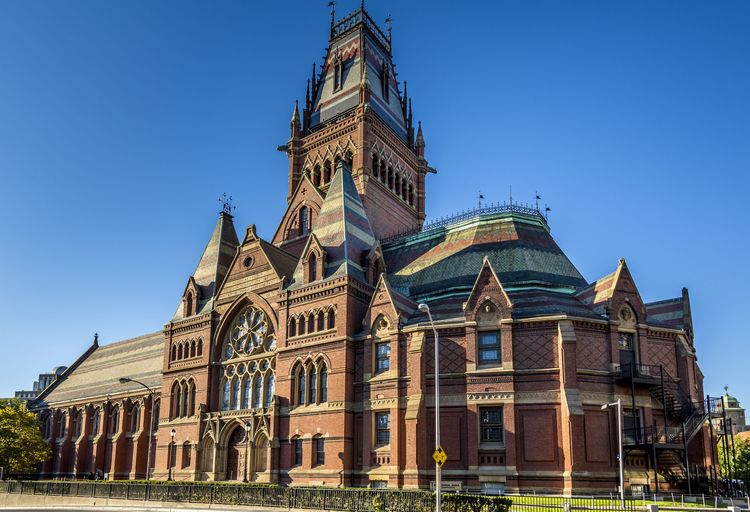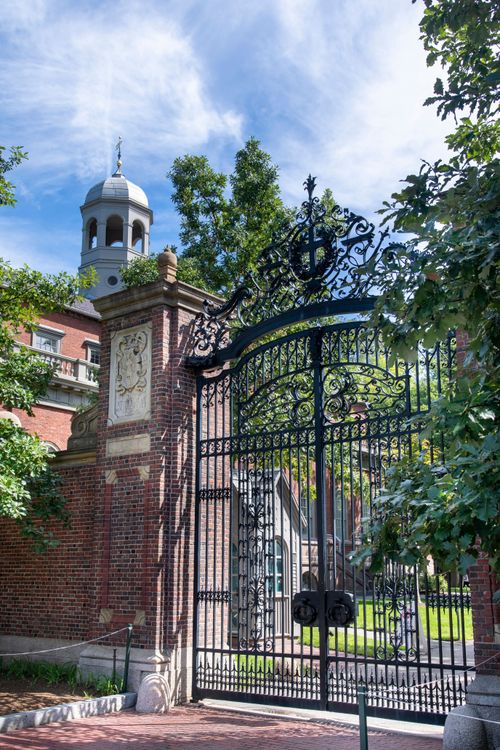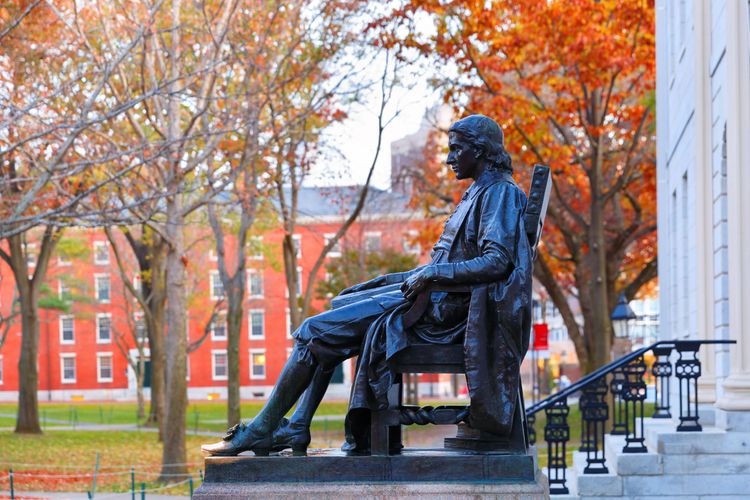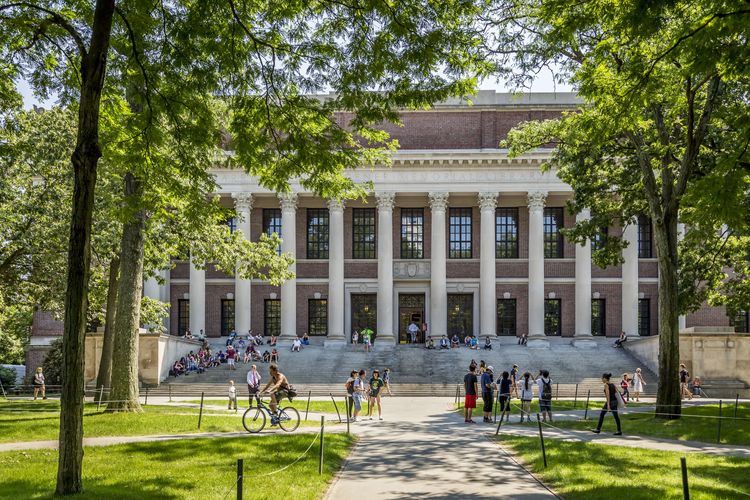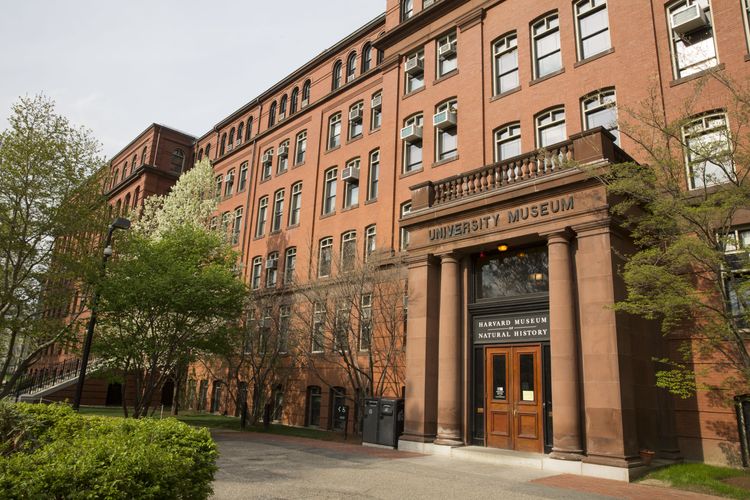The gate was built in 1889 as a gift from Samuel Johnston in memory of his son, Samuel Johnston Jr., who passed away in 1887 while still a student at Harvard. It serves as a memorial to honour his son's life. The gate is located at the northeastern entrance of Harvard Yard, which is the historic centre of Harvard University's campus and is one of the main gates leading into the Yard. The Johnston Gate has become a significant symbol of Harvard University and its traditions. It is a popular spot for photographs, especially for graduating students, who often take pictures with the gate to mark the end of their academic journey at Harvard. The gate is open to the public, and visitors can freely walk through it to explore the Harvard Yard and enjoy the historic atmosphere of the Harvard campus.
 Boston
Boston
